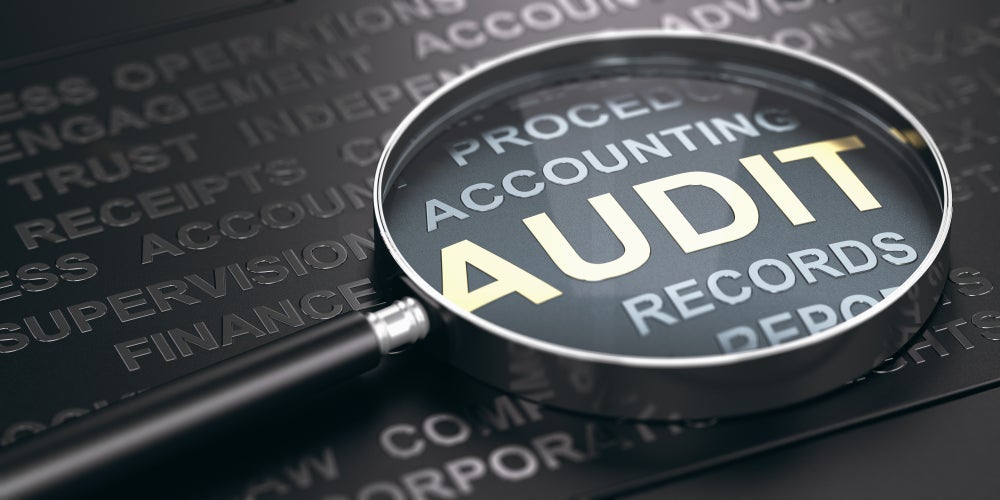CAQ’s Audit Quality Disclosure Framework aims to promote important dialogue and deepen the understanding of audit quality. The framework is meant to assist firms in their efforts to develop disclosures which accounting firms provide through annual transparency or audit quality reports.
The framework adheres to three key principles:
- The framework is voluntary as firms can also take other disclosures and strategies on board.
- There is flexibility provided with the disclosures allowing firms to filter out the information which is most relevant.
- It relates to a disclosure of system of quality control which is at a firm level, rather than at an engagement level.
CAQ’s executive director Cindy Fornelli said: “Public company accounting firms make significant investments in their people, processes, policies and technology related to audit quality control. Our framework can facilitate consistency and comparability over time as firms foster transparency and trust by informing the public about their work to maintain enhance audit quality.”
Supervision was also mentioned as being an essential part to audit engagement performance. The framework said one of the objectives of the auditor’s supervision is to evaluate whether, the work was performed and documented, and if the objectives of the procedures were achieved, and if the result of the work supports the conclusions reached.
CAQ’s framework includes the following six elements: leadership, culture, and firm governance, ethics and independence, acceptance and continuance of clients and engagements, engagement team management, monitoring in order to promote audit quality control, and audit engagement performance.
Recently, the Public Company Accounting Oversight Board (PCAOB) fined Crowe Mackay, a Canadian firm for its audits of Hunt Mining Corp. for violations of PCAOB quality control standards in the areas of client acceptance and continuance and engagement performance.
How well do you really know your competitors?
Access the most comprehensive Company Profiles on the market, powered by GlobalData. Save hours of research. Gain competitive edge.

Thank you!
Your download email will arrive shortly
Not ready to buy yet? Download a free sample
We are confident about the unique quality of our Company Profiles. However, we want you to make the most beneficial decision for your business, so we offer a free sample that you can download by submitting the below form
By GlobalDataThe framework discussed that audit engagement performance encompasses processes which includes, planning and performing the audit, supervision and review, engagement quality review (EQR), and communicating audit results.
By Mishelle Thurai






